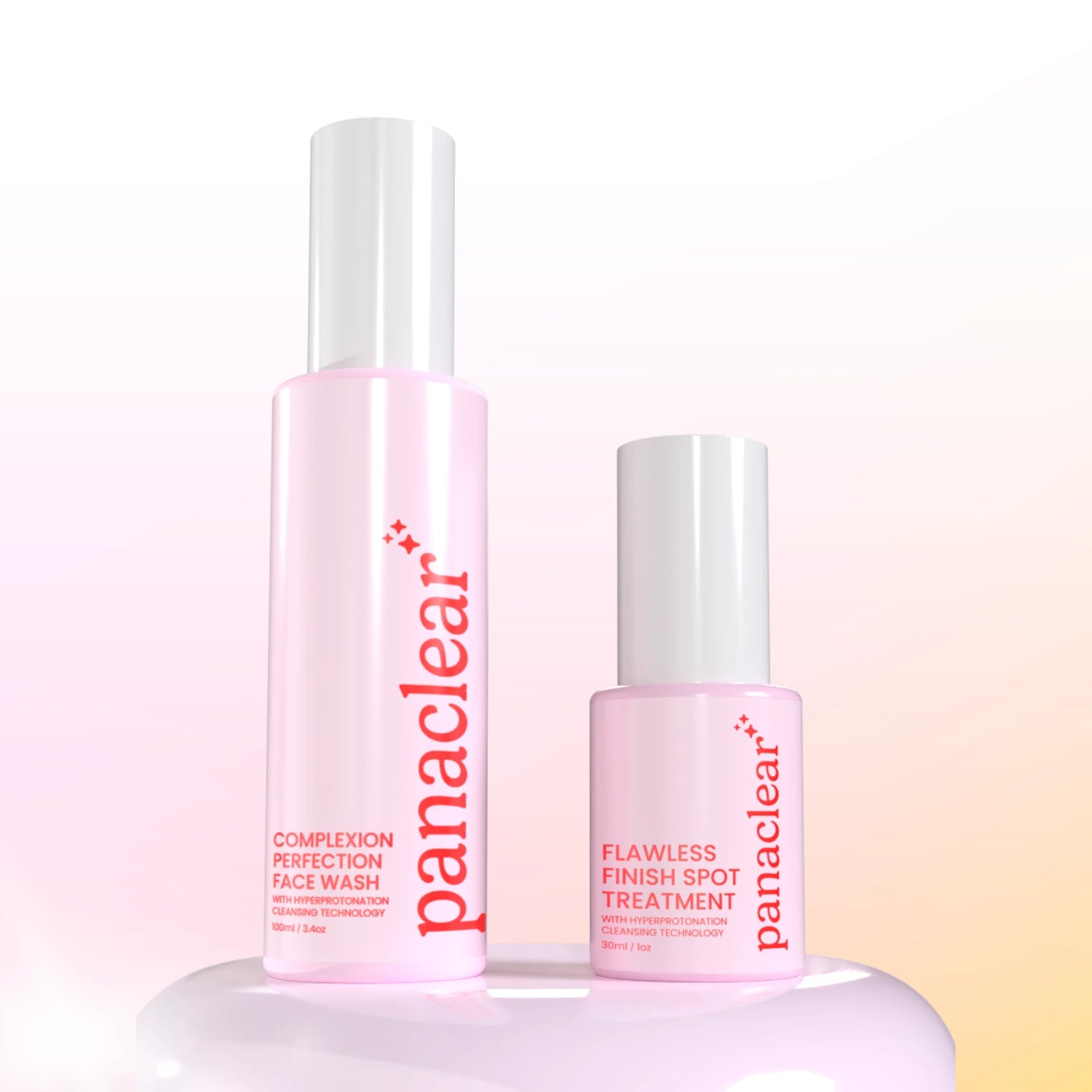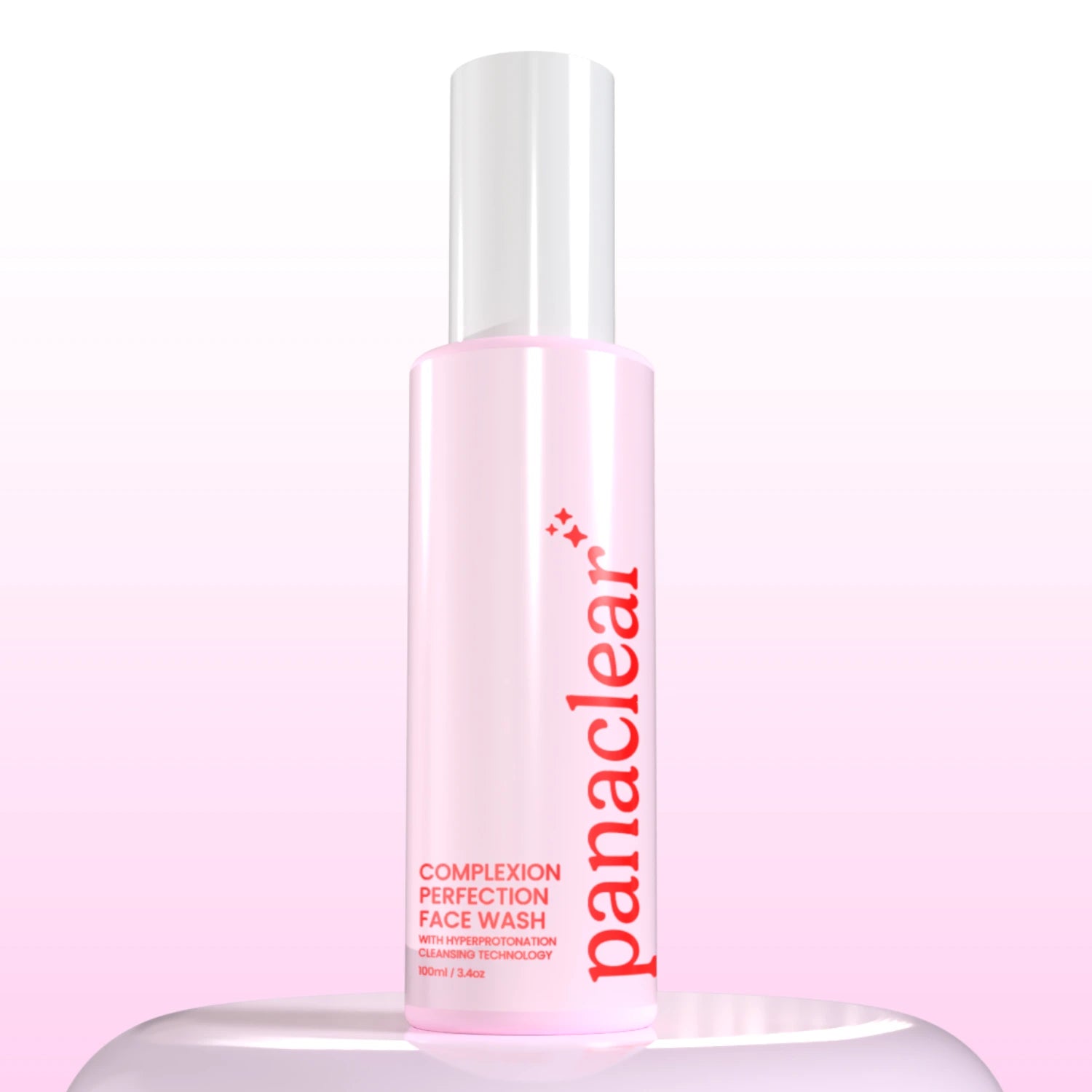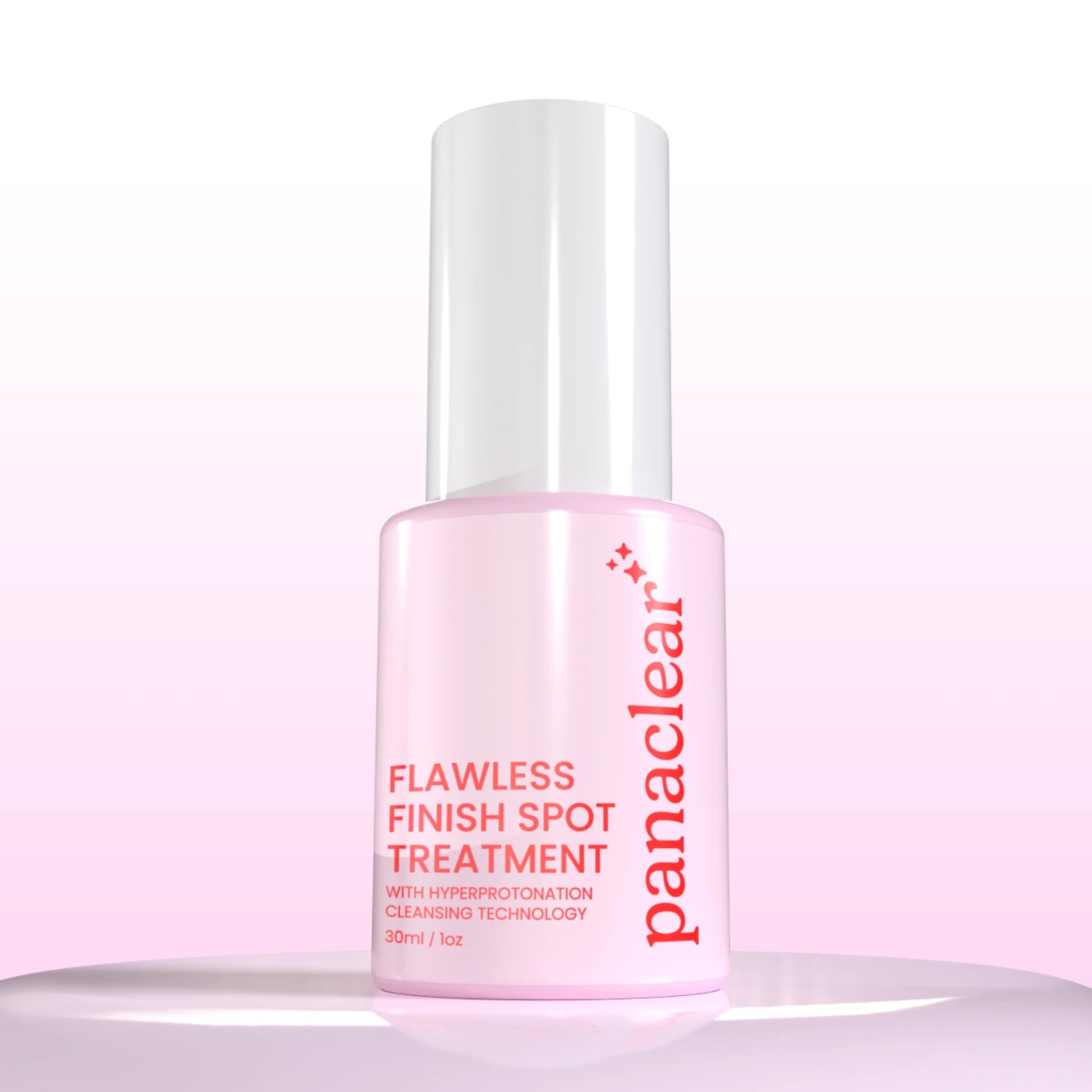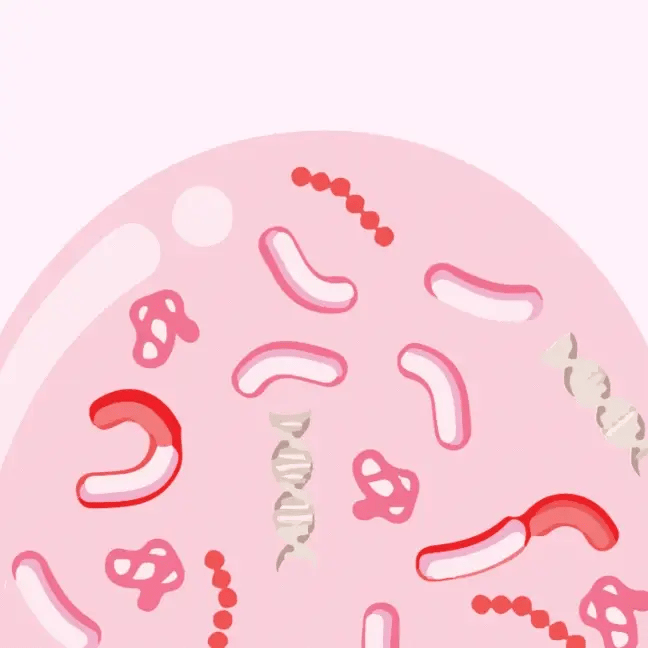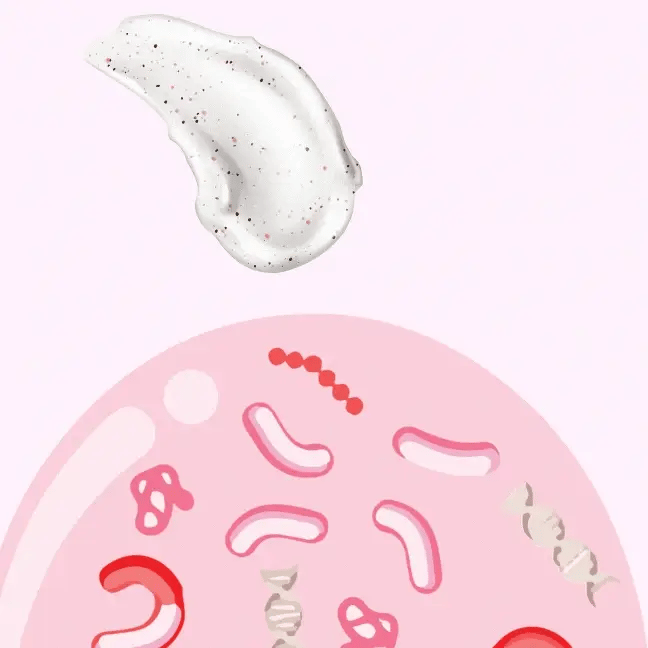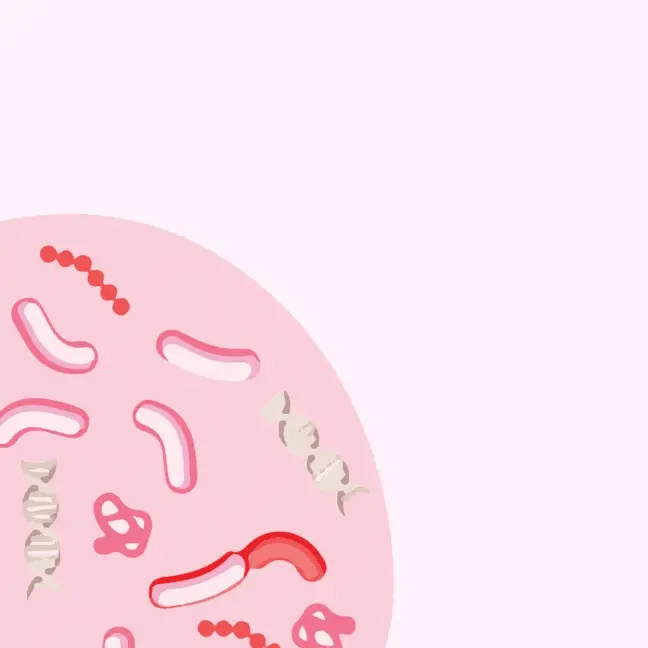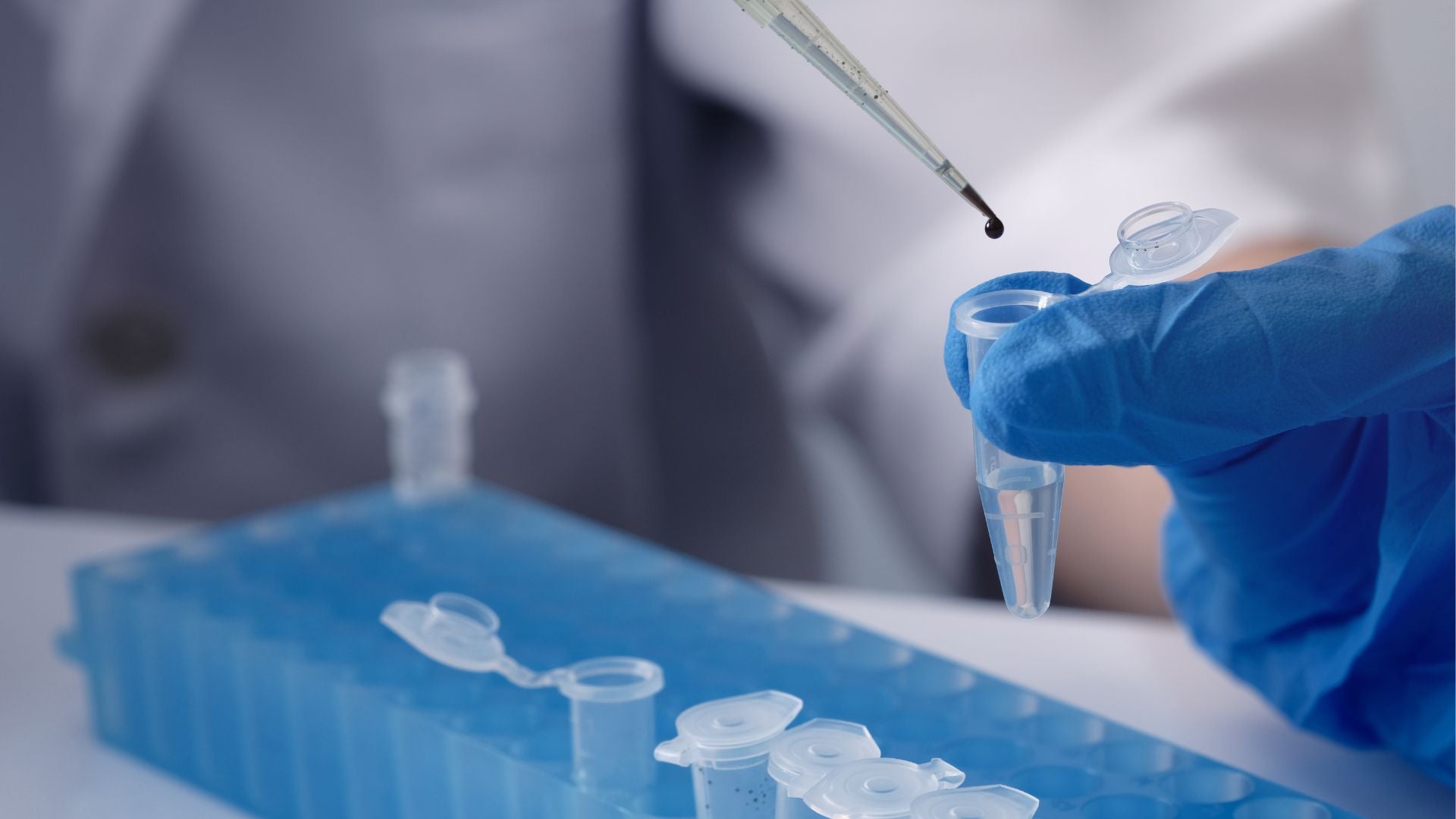

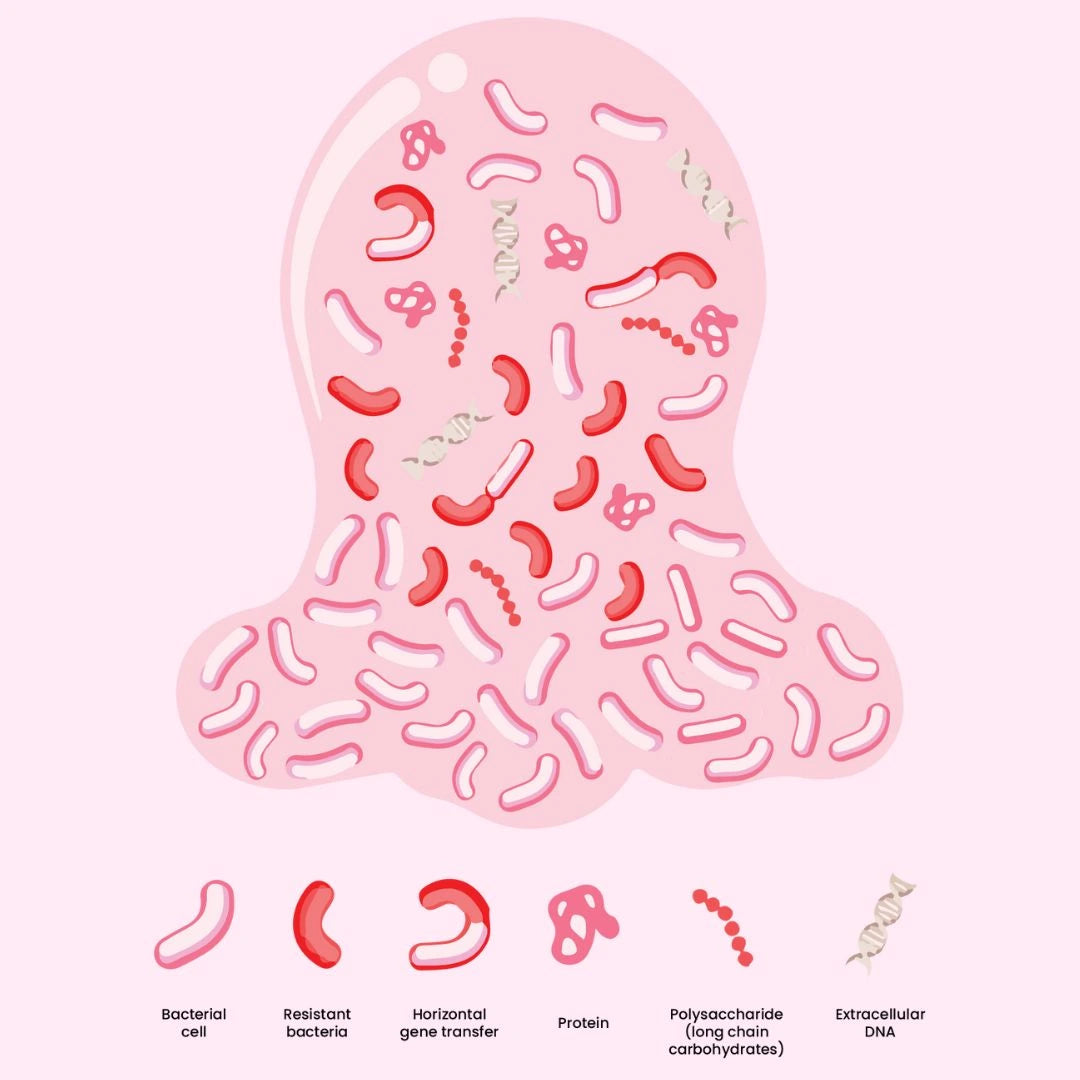
Biofilm: The 'Secret Enemy Of Clear Skin'
Biofilm is a "sticky shield" around 90% of bacteria create to stick to surfaces and protect themselves.
It allows bacteria to thrive by trapping nutrients, blocking antibacterials, and resisting the body's immune defenses. Within biofilms, bacteria communicate and adapt, making themselves more persistent and up to 5000x more resistant.
How Does Biofilm Contribute To The Appearance Of Acne?
Panaclear solves the biofilm problem.
We're the inventors of hyperprotonation, a physical cleansing process specifically engineered to cleanse away biofilms in 3 simple steps:
-
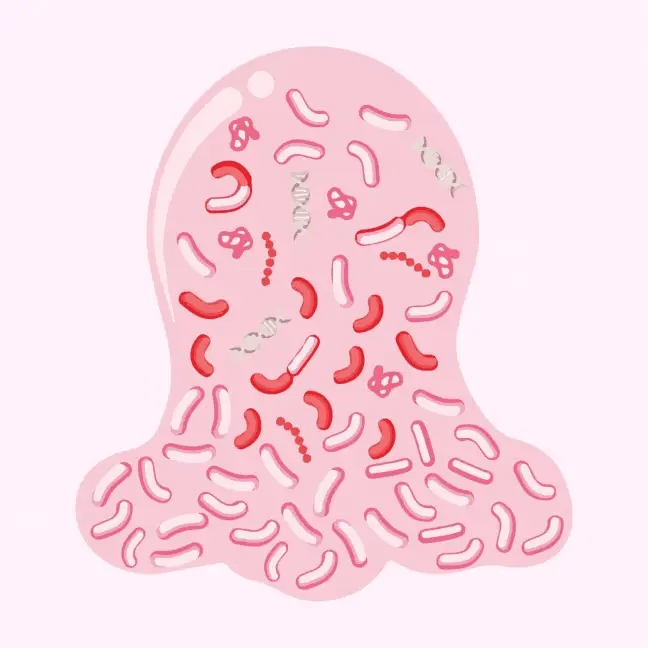
Neutralise Defences
Our surfactant mix creates an enveloping membrane around biofilms which neutralises their defences and increases permeability.
1 -
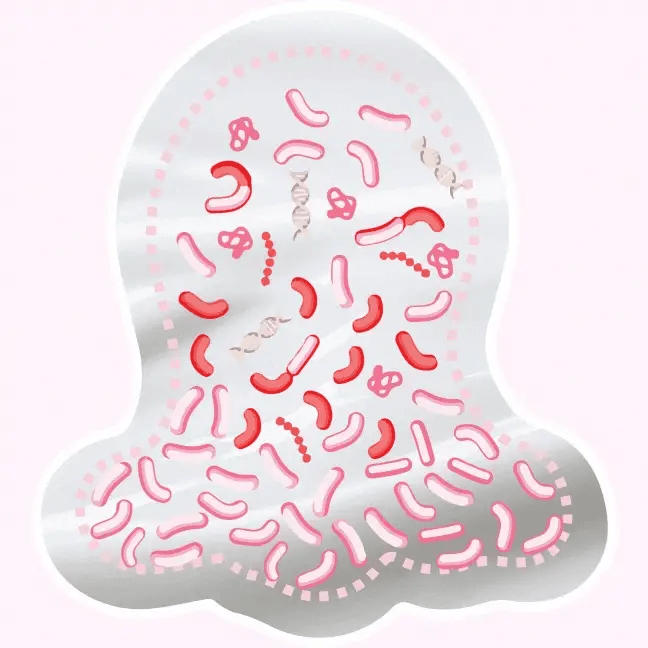
Build Pressure
While the surfactant mix is doing its job, citric acid and monolaurin are busy “hyperprotonating,” which means they're producing hydrogen molecules that create immense pressure around the biofilm.
2 -
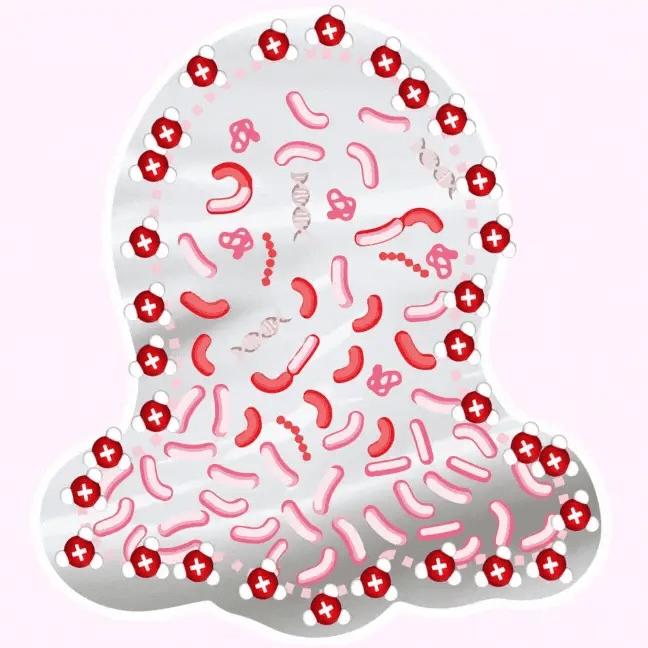
Cleanse Deeply
Finally, the Panaclear is propelled by this pressure through the biofilm, physically disrupting it and the bacteria inside. The result? Beautiful skin, free from hidden build-up!
3
